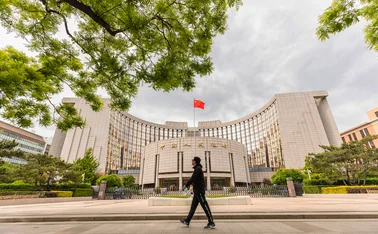
Digital dollar could reduce unbanked in US by 93% – Dallas Fed paper
Inclusion need not come at the cost of disintermediation, researchers find

A central bank digital currency (CBDC) could increase financial inclusion without cutting bank intermediation, a paper from the Federal Reserve Bank of Dallas finds.
Authors Jeremie Banet and Lucie Lebeau say a digital dollar with half the fixed costs of bank deposits could decrease exclusion from the banking system by 93%.
The Dallas Fed economists measured inclusion as the percentage of people with access to digital money, be it bank deposits or CBDC. They measured the intermediation of the
Only users who have a paid subscription or are part of a corporate subscription are able to print or copy content.
To access these options, along with all other subscription benefits, please contact info@centralbanking.com or view our subscription options here: subscriptions.centralbanking.com/subscribe
You are currently unable to print this content. Please contact info@centralbanking.com to find out more.
You are currently unable to copy this content. Please contact info@centralbanking.com to find out more.
Copyright Infopro Digital Limited. All rights reserved.
As outlined in our terms and conditions, https://www.infopro-digital.com/terms-and-conditions/subscriptions/ (point 2.4), printing is limited to a single copy.
If you would like to purchase additional rights please email info@centralbanking.com test test test
Copyright Infopro Digital Limited. All rights reserved.
You may share this content using our article tools. As outlined in our terms and conditions, https://www.infopro-digital.com/terms-and-conditions/subscriptions/ (clause 2.4), an Authorised User may only make one copy of the materials for their own personal use. You must also comply with the restrictions in clause 2.5.
If you would like to purchase additional rights please email info@centralbanking.com test test test







